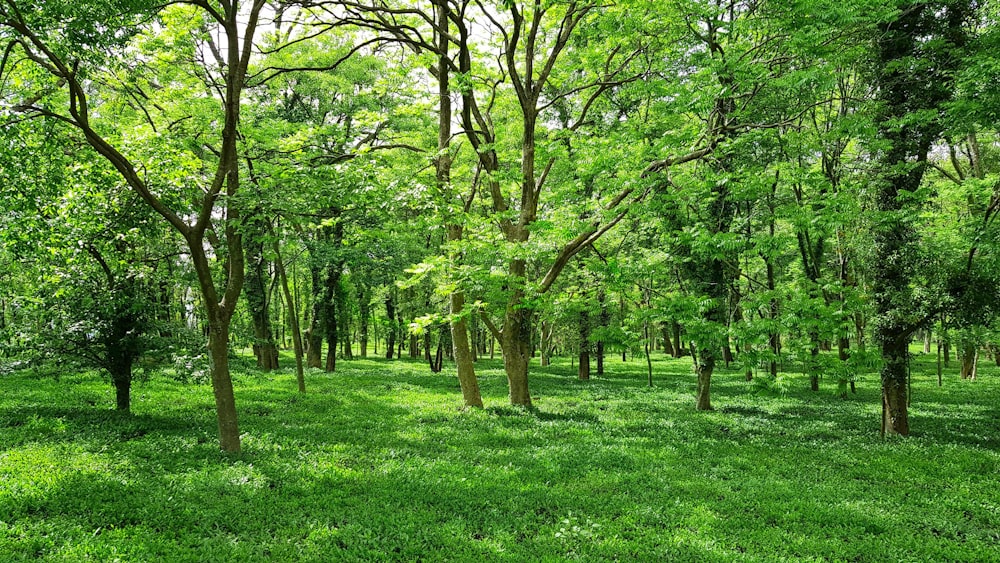Preserving Nature’s Giants: The Vital Role of Trees in Environmental Conservation
In the realm of environmental conservation, trees stand as towering sentinels, silently contributing to the well-being of our planet. From purifying the air we breathe to providing habitat for countless species, their significance cannot be overstated. Let’s delve into the myriad reasons why tree preservation is a critical component of our collective responsibility to safeguard the environment.
The Lungs of the Earth: Oxygen Production and Carbon Sequestration
One of the most fundamental roles trees play is that of Earth’s lungs. Through the process of photosynthesis, trees absorb carbon dioxide and release life-enabling oxygen. This exchange is crucial for maintaining a delicate balance in our atmosphere, as excessive carbon dioxide contributes to global warming and climate change. By preserving trees, we actively support the augmentation of oxygen levels and the sequestration of carbon, helping to mitigate the impacts of climate change.
Biodiversity Hotspots: Sustaining Ecosystems and Wildlife Habitats
Trees serve as the structural backbone of ecosystems, providing habitat and sustenance for a myriad of species. From the towering canopies of tropical rainforests to the resilient pines of boreal forests, each tree contributes to the overall biodiversity of its region. Preserving these habitats is vital for the survival of numerous plant and animal species, many of which are intricately linked in complex ecological relationships. A loss of trees can result in a domino effect, disrupting entire ecosystems and leading to the decline of various species.
Protecting Against Soil Erosion: Root Systems as Nature’s Engineers
Beneath the surface, the intricate root systems of trees play a crucial role in preventing soil erosion. By anchoring the soil, trees help maintain its structure and prevent valuable topsoil from being washed away by rainfall or blown away by wind. This not only preserves the fertility of the soil but also safeguards against the devastating consequences of erosion, such as landslides and the degradation of agricultural land.
Urban Green Spaces: Enhancing Quality of Life
In urban environments, the presence of trees goes beyond ecological benefits; it significantly impacts the well-being of inhabitants. Trees in urban areas act as green lungs, filtering pollutants from the air and providing shade that helps mitigate the urban heat island effect. Additionally, they contribute to the aesthetic appeal of cities, creating green spaces where residents can connect with nature. Preserving urban trees is essential for fostering healthier and more livable cities.
Sustainable Resource Management: Balancing Economic and Environmental Needs
While trees are invaluable for their ecological roles, they also serve as a renewable resource for various human needs. Sustainable forestry practices ensure that we can continue to benefit from wood, paper, and other forest products without depleting the resource. Striking a balance between the utilization of trees for economic purposes and their preservation for environmental health is crucial for a sustainable future.
Global Initiatives for Tree Preservation
Recognizing the paramount importance of tree preservation, numerous global initiatives and organizations have emerged to address deforestation and promote afforestation and reforestation. One such organization leading the charge is Tree Preservation (vrbp.org), which actively engages in tree planting projects, advocates for sustainable forestry practices, and raises awareness about the significance of preserving our arboreal allies.
In conclusion, trees are not merely silent witnesses to the passage of time; they are active participants in the intricate dance of life on Earth. From the oxygen we breathe to the myriad habitats they create, trees are integral to the health and well-being of our planet. By embracing the principles of tree preservation and supporting initiatives like Tree Preservation (vrbp.org), we can contribute to a more sustainable and harmonious coexistence with nature. As stewards of the Earth, it is our duty to ensure that these giants of the plant kingdom continue to thrive for generations to come.





